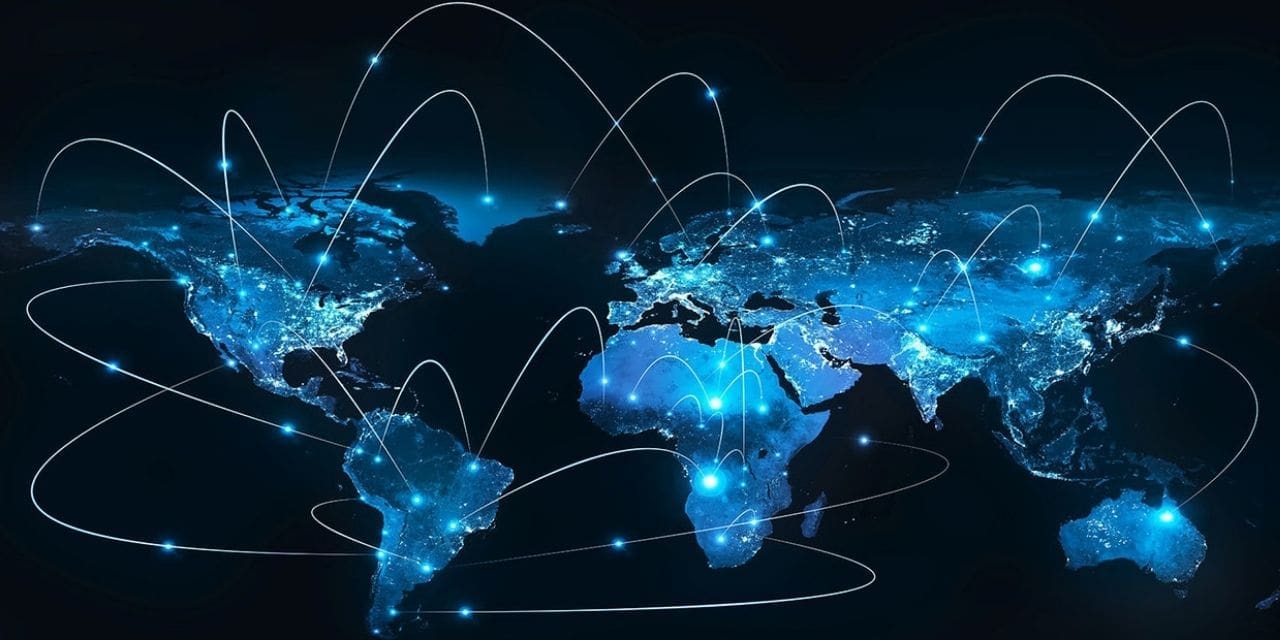By Gopinath Rout
The world is more connected than ever before thanks to globalisation, a trend driven by trade and technology. This interconnectedness has led to economic and social changes, impacting industries like textiles.
Globalisation allows for the easy movement of products across borders, creating new markets and increasing sales potential. It’s driven by several factors:
- Technological Globalisation: Advancements in communication and transportation make it easier to move goods and ideas.
- Social Globalisation: Cultural exchange and shared trends influence consumer behaviour and product demand.
- Financial Globalisation: Free-flowing capital allows for investment in new markets and production facilities.
- Cultural Globalisation: Exposure to different cultures creates a demand for diverse products and styles.
- Economic Globalisation: Trade agreements like FTAs eliminate barriers like tariffs and quotas, boosting international trade.
The benefits of globalisation and FTAs for the textile industry are numerous:
- Economic Growth: Increased trade leads to economic expansion for participating countries.
- Technological Advancement: The sharing of ideas and innovations fosters technological progress in the industry.
- Improved Business Operations: Streamlined trade procedures and reduced costs benefit businesses.
- Fashion Evolution: Global exchange influences fashion trends, creating a wider variety of styles.
- Cultural Exchange: Textiles become a way to share cultural ideas and traditions.
Globalisation also presents challenges:
- Cultural Differences: Products need to be adapted to suit the preferences and needs of different cultures.
- Competition: Increased competition can put pressure on domestic producers.
Despite the challenges, free trade agreements offer significant advantages:
- Reduced Barriers: FTAs eliminate or lower tariffs and quotas, making exports cheaper.
- Technological Innovation: FTAs can encourage collaboration and technology transfer between countries.
- Market Expansion: FTAs open doors to new markets and potential customers.
- Balanced Trade: FTAs aim to create a fair playing field for businesses in participating countries.
- Job Creation: Increased trade can lead to new job opportunities in both exporting and importing countries.
Overall, globalisation and FTAs create a dynamic and interconnected textile industry, fostering cultural exchange, fashion innovation, and healthy competition.

